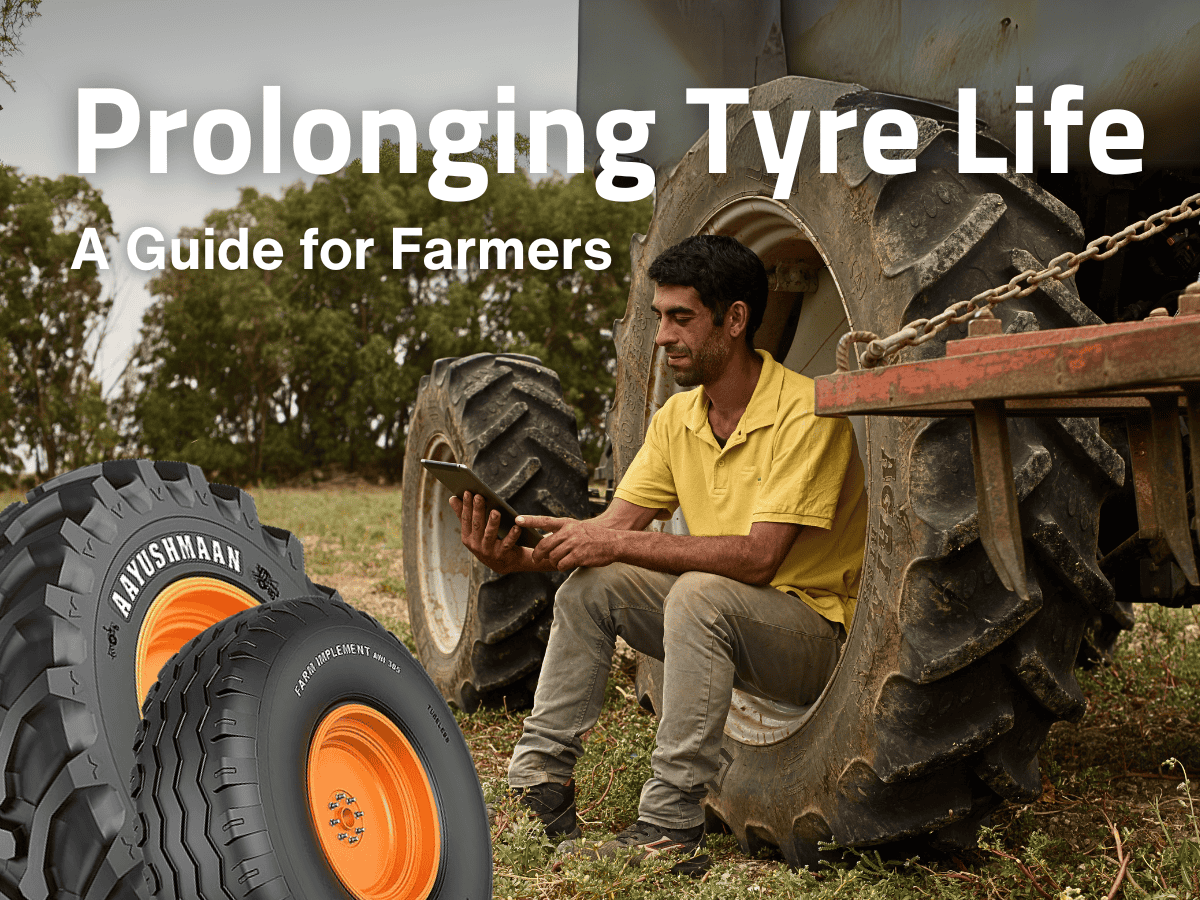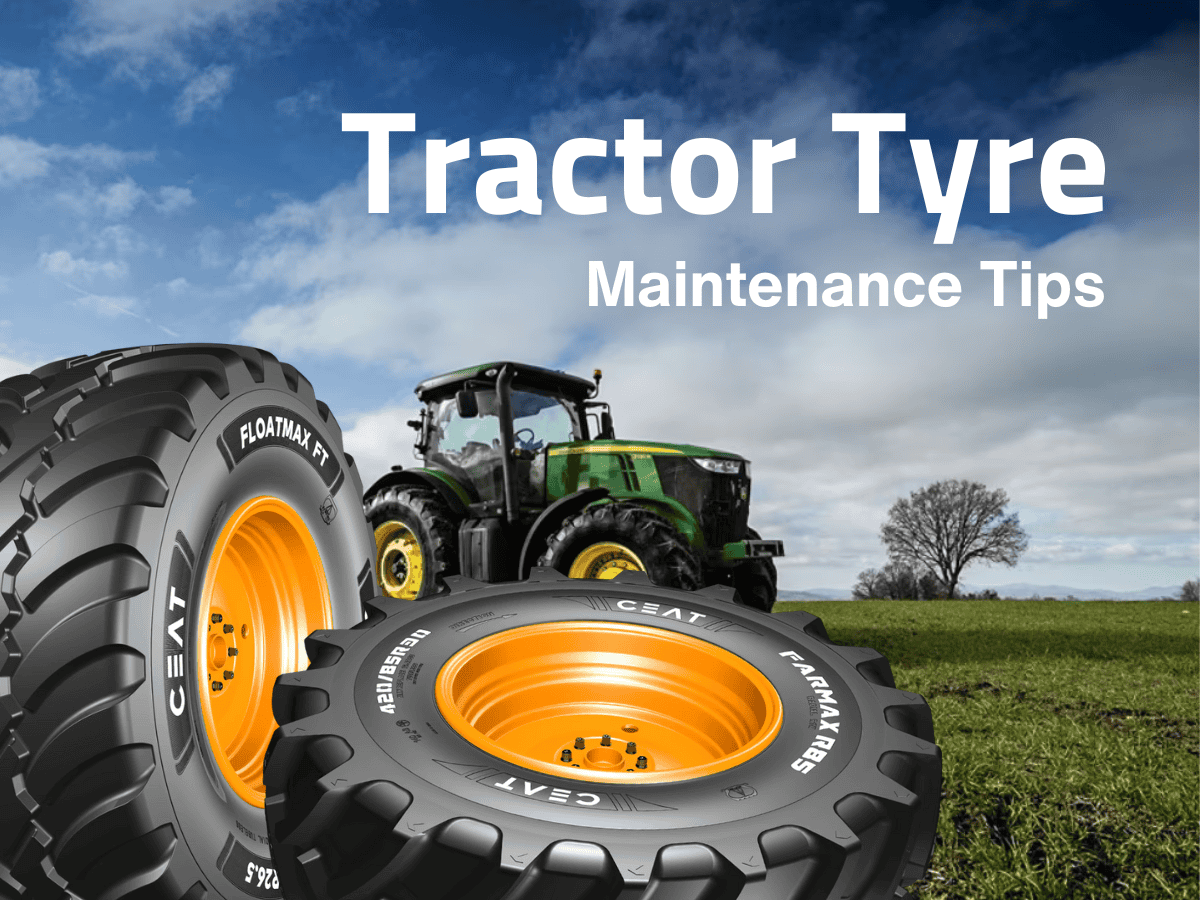ceat-speciality:blogs-tags/all,ceat-speciality:blogs-tags/tyre-care
How is intensive agriculture different from horticulture?
Fri, 14 Jul 2023 | PRODUCTS
In the world of agriculture, two prominent cultivation practices stand out: intensive agriculture and horticulture. While they contribute to the food production system, they have distinct differences. Let’s explore intensive agriculture and horticulture’s characteristics and unique aspects, shedding light on their approaches and benefits.
Defining Intensive Agriculture:
Intensive agriculture is a highly efficient and technology-driven cultivation practice focused on maximizing crop yields within limited land areas. It involves the extensive use of machinery, advanced irrigation systems, synthetic fertilizers, and pesticides.
Key features of intensive agriculture include:
- a) High-yield Crop Production: Intensive agriculture utilizes modern techniques to achieve high crop yields, enabling farmers to produce large quantities of food and meet the demands of a growing population.
- b) Land and Resource Optimization: Through efficient land management, intensive agriculture minimizes land use and maximizes productivity. Advanced irrigation systems ensure optimal water utilization, while synthetic inputs support crop growth.
- c) Monocropping Approach: Intensive agriculture often adopts monocropping, where a single crop is cultivated on a large scale. This approach allows for streamlined management and efficient resource allocation.
Understanding Horticulture:
Horticulture, on the other hand, focuses on the cultivation of plants for ornamental purposes, as well as the production of fruits, vegetables, and medicinal plants. Unlike intensive agriculture, horticulture emphasizes quality over quantity and promotes sustainable farming practices.
Key features of horticulture include:
- a) Diverse Plant Cultivation: Horticulture encompasses various plant species, including fruits, vegetables, flowers, herbs, and shrubs. It emphasizes biodiversity and encourages the cultivation of different plant varieties.
- b) Careful Land Management: Horticulture involves meticulous land preparation, soil enrichment, and organic farming techniques. It aims to maintain soil health and fertility while minimizing the use of synthetic inputs.
- c) Specialized Techniques: Horticulturists employ specialized techniques such as grafting, pruning, and propagation to enhance plant growth, improve yields, and ensure the production of high-quality crops.
Both intensive agriculture and horticulture play significant roles in the agricultural industry, albeit with different approaches and objectives. Intensive agriculture focuses on high yields and efficient resource utilization, while horticulture emphasizes diversity, sustainability, and quality. Understanding the distinctions between these cultivation practices allows us to appreciate the diverse strategies employed to meet the demands of a growing population and ensure a sustainable future for agriculture.
At CEAT Specialty, we recognize the importance of agriculture and strive to provide specialized tyres for various farming practices. Whether it’s supporting intensive agriculture or facilitating horticulture, our range of agricultural tyres is designed to meet the specific needs of farmers, enhance productivity, and contribute to a thriving farming journey.
Remember, choosing the right agriculture tyre for your farming equipment is crucial for optimizing performance and ensuring smooth operations in the field. Connect with our expert team to explore our comprehensive range of agricultural tyres. And find the perfect Agri tyre for your farming needs.
Together, let’s cultivate a prosperous future in agriculture!
Note: The information provided in this blog is based on general agricultural practices. It is recommended to consult with local agricultural experts and professionals for specific guidance tailored to your region and farming requirements.



























































































































